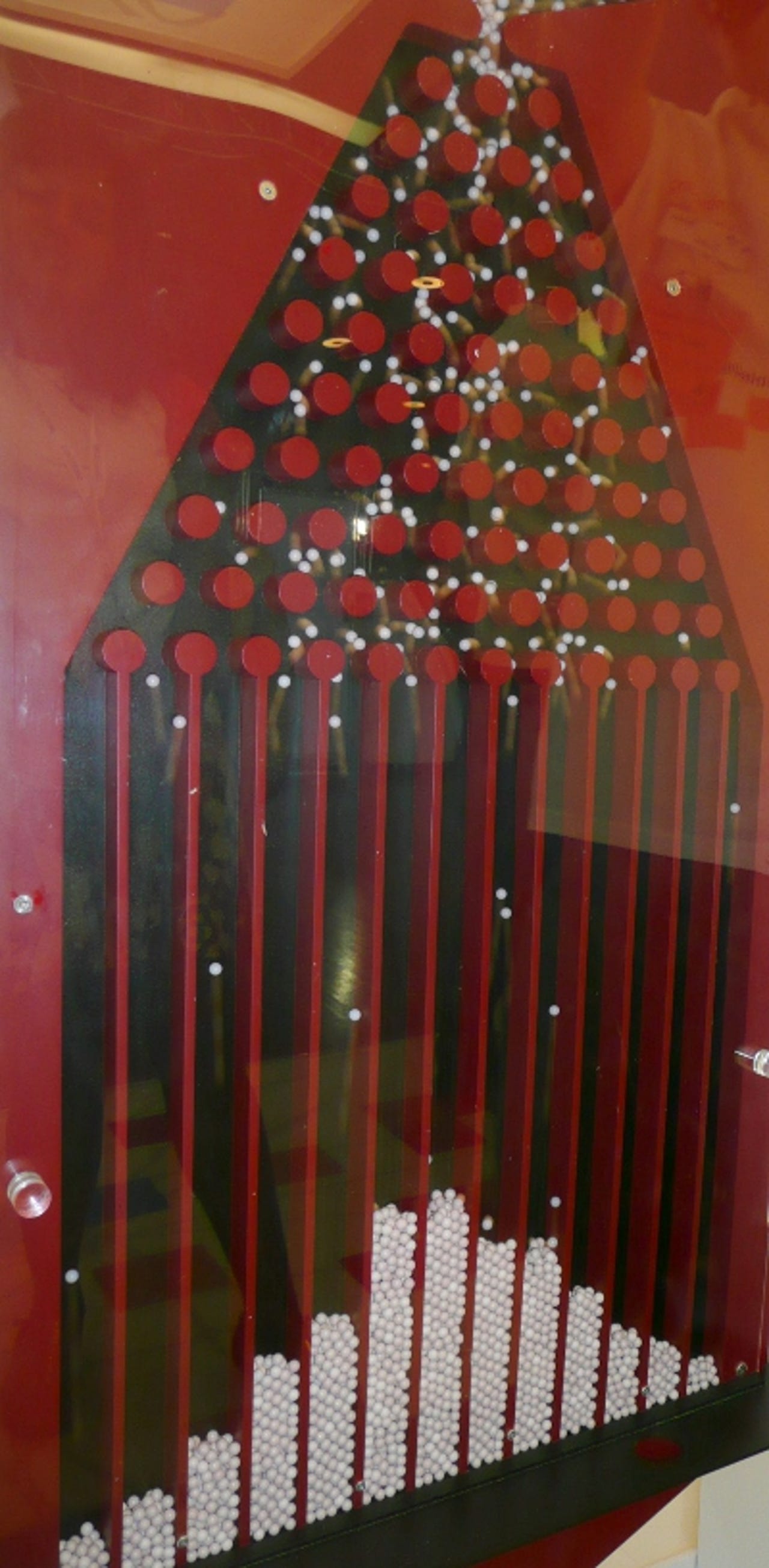Photos: AI enters the home and the workplace

Machine intelligence comes of age
Artificial intelligence may still be a long way from giving the human brain a run for its money but it is already starting to make our lives easier today.
Some of the latest advances in AI software developed by Microsoft Research were on show at the Embracing Uncertainty booth, seen here, at the 2010 Royal Society Summer Science Exhibition in London last week.
All of the examples being shown off used different kinds of machine learning, where computer software is able to learn how to carry out tasks that are useful to people without having to be programmed to perform that exact task.
Professor Chris Bishop, distinguished scientist with Microsoft Research Cambridge, said using machine learning software to crack problems was much more possible today thanks to more powerful computers, new software algorithms and the amount of data that can be captured online that the software can learn from.
Photo credit: Nick Heath/silicon.com
The pictures above and below show different cross sections of the internal organs of a person's body that have been captured by an MRI scanner.
Normally doctors who want to view cross sections of different organs of the body have to adjust the image settings of the screen each time they want to look at a different organ.
This is because computer screens used in hospitals do not have the image fidelity needed to display the entire range of shades of grey captured by the MRI scanner.
What Microsoft's OrganNavigator software does is to use its knowledge of shape and position of organs from prior MRI scans to work out what organ can be seen in an MRI scan.
When the doctor selects the name of the organ they are interested in examining from the menu on the left of the screen the software highlights the organ with a box and adjusts the screen settings so that the fine detail of that organ can be seen.
Microsoft's Bishop said this provides a far easier way for doctors to navigate an MRI scan than having to manually adjust the screen settings themselves every time they want to view a different organ.
Photo credits: Nick Heath/silicon.com
This Background Removal tool will be familiar to anybody who owns the latest version of Microsoft Office, Office 2010.
The software works by getting the user to draw a rectangle around the part of the image containing the subject they want to cut out.
Using the difference in colour distribution inside and outside of the rectangle, the software is then able to distinguish between the subject that the user wants to cut out and the background that can be thrown away.
The user can choose the shape and size of the rectangle to make it easier for the software to determine what parts of the image are background.
You can see the results of the Background Removal tool below, where the girl originally photographed on the beach has been transplanted into a photo of a forest.
Photo credits: Nick Heath/silicon.com
If you've ever struggled to decide what films you might like from the latest round of Hollywood releases, here's a piece of software to help you out.
The Movie Recommender software is able to work out how likely it is that you will like a particular movie based on you telling it your film likes and dislikes.
The software matches your film preferences with those of the 40,000 film fans in its database, allowing it to decide which flicks you are likely to enjoy.
After deciding what films you may want to watch the software reorganises the layout of the movies on the screen, placing the films you might like to watch on the right and those you will probably dislike on the left.
Photo credit: Nick Heath/silicon.com

This is a Galton Machine at Microsoft's booth that shows the probability theory that underpins its machine-learning software in action.
This behaviour can be predicted using an equation that demonstrates it's more probable the balls will end up in the centre of the machine, as seen here.
Photo credit: Nick Heath/silicon.com
Elsewhere at the Royal Society exhibition was this holographic radar scanner for landmines.
The holographic radar scanner provides clear enough images of what is buried to allow a person to determine whether the object is a landmine or a piece of junk.
This is an improvement over the most common current methods for detecting landmines, which is using a metal detector to scan for mines and a metal stick to prod beneath the surface of the soil to see if it makes contact with a solid object.
These mine-removal techniques not only result in about two casualties for every 500 mines that are removed but they also are an inefficient way of removing mines because so much time is spent digging up junk items by mistake.
The picture shows that the resolution produced by the system is such that it is easy to distinguish between a buried piece of trash in the top left of the photo and the telltale circular shape of a dummy landmine in the top right.
The system has been developed by researchers based in five countries but is not currently in use in everyday landmine clearance.
Photo credit: Nick Heath/silicon.com